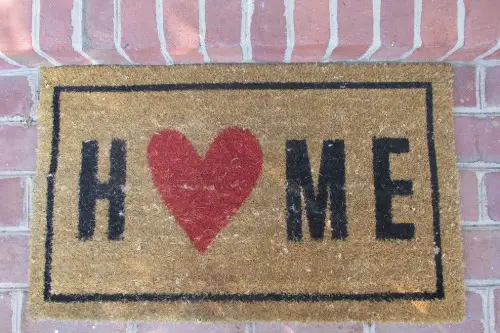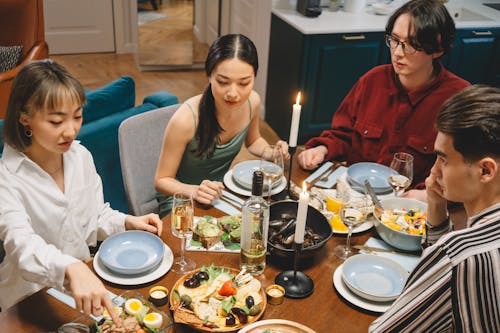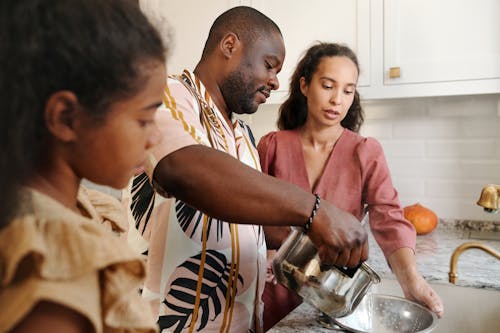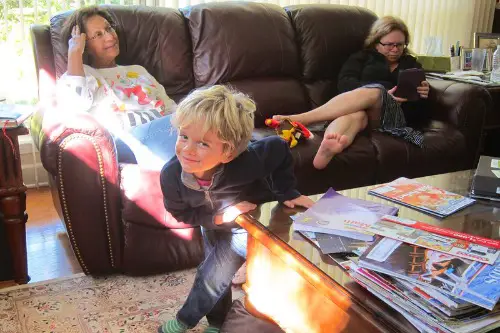1. It Creates a Sense of Emotional Grounding

Gathering in someone’s home offers stability and intimacy that public spaces rarely match. You’re not just visiting—you’re entering a life, a rhythm, a refuge. The lighting, music, and scents are curated for comfort—not performance. It’s connection built into the walls.
Home settings reduce external distractions and deepen presence. People linger longer, listen better, and feel safer sharing in familiar surroundings. Even small talk grows roots in soft chairs and warm kitchens. The space says “stay,” not “rotate tables.”
2. It Signals Intentional Hospitality

When you open your door, offer a drink, and clear space for someone to sit, you’re practicing care—not transaction. Unlike restaurants or event venues, home hosting isn’t commercially motivated—it’s emotionally generous. The message isn’t “join the party”; it’s “I made this for you.” That hits differently.
Even simple gestures—a shared blanket, a chosen playlist—carry real meaning. Guests feel personally welcomed, not passively accommodated. The effort shows up in the details. Home gives hosting a heartbeat.
3. It Encourages Vulnerable Conversation

Walls create privacy, and privacy creates depth. When the buzz of crowds fades and the setting is warm and quiet, people feel safer expressing emotion, story, or silliness. Distractions drop—and dialogue blooms. The room stops echoing and starts listening.
This setting invites eye contact, pauses, and laughter that travels easily. There’s no need to shout over background noise or filter for strangers. Real talk finds room to live. Authenticity loves soft corners.
4. It Lets Rituals Shape Connection

From lighting candles to passing dishes family-style, home gatherings build rhythm and tradition. These habits become anchors, grounding relationships in repeatable care. You don’t just meet—you share moments that return. Rituals build emotional architecture.
Even simple traditions—music during prep, mismatched mugs for tea—create shared memory. Guests begin to anticipate comfort before it arrives. The familiar becomes a feature. Your table becomes a timeline.
5. It Invites Shared Contribution

At home, guests bring wine, chop vegetables, or stir the sauce without a second thought. Contribution becomes collaboration—not currency. You host with openness, not control. People feel less like visitors and more like co-creators.
This participatory vibe diffuses pressure and deepens bond. Sharing space turns into sharing effort, and that grows trust. The kitchen becomes community. When hands help, hearts follow.
6. It Allows for Imperfection

No one expects a home to feel flawless—and that’s the beauty of it. A squeaky chair, a pile of laundry, a half-styled shelf all say “we live here,” and guests relax because they’re not being impressed—they’re being included. Vulnerability builds real connection. Comfort hides in imperfection.
This authenticity dissolves formality and opens room for messier joy. You’re hosting people—not performing hosting. Homes are places for being, not behaving. The cracks let the light in.
7. It Offers Flexibility and Spontaneity

Unlike booking venues or sticking to restaurant reservations, hosting at home lets time stretch and mood wander. Guests stay later, shift rooms, or swap activities mid-gathering. There’s room for flow. The only schedule is shared energy.
Even casual moments—impromptu dancing, storytelling, late-night snacks—feel more real when they’re unscripted. Home lets the evening write itself. Plans give way to presence. You build connection by letting go.
8. It Strengthens Personal Identity Through Space

Every shelf, scent, and object says something about you—and sharing that invites deeper relationship. When people enter your home, they learn who you are beyond conversation. Décor becomes dialogue. Surroundings speak.
Guests remember the art, the cozy blanket, the playlist—and how it felt to be there. Connection becomes contextual, textured, memorable. You don’t just host—you narrate. Spaces build intimacy by design.
This post 8 Reasons Hosting at Home Is Still the Most Meaningful Way to Connect was first published on Greenhouse Black.
